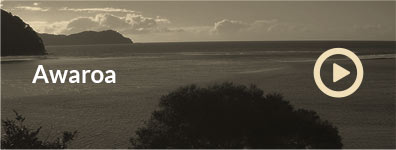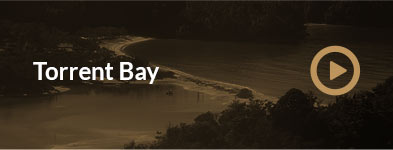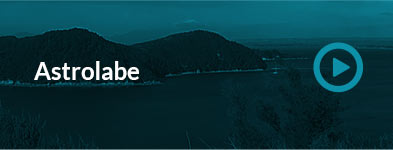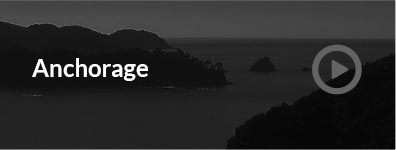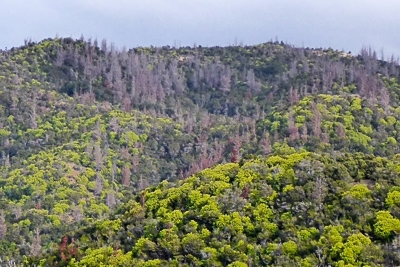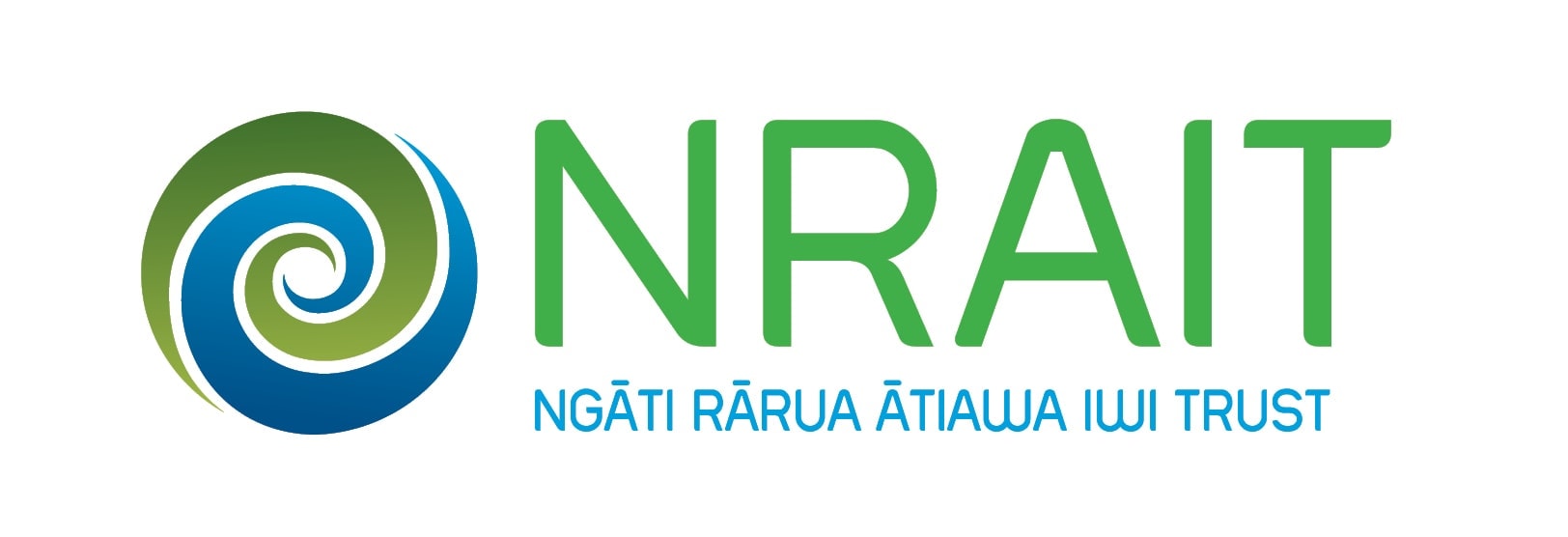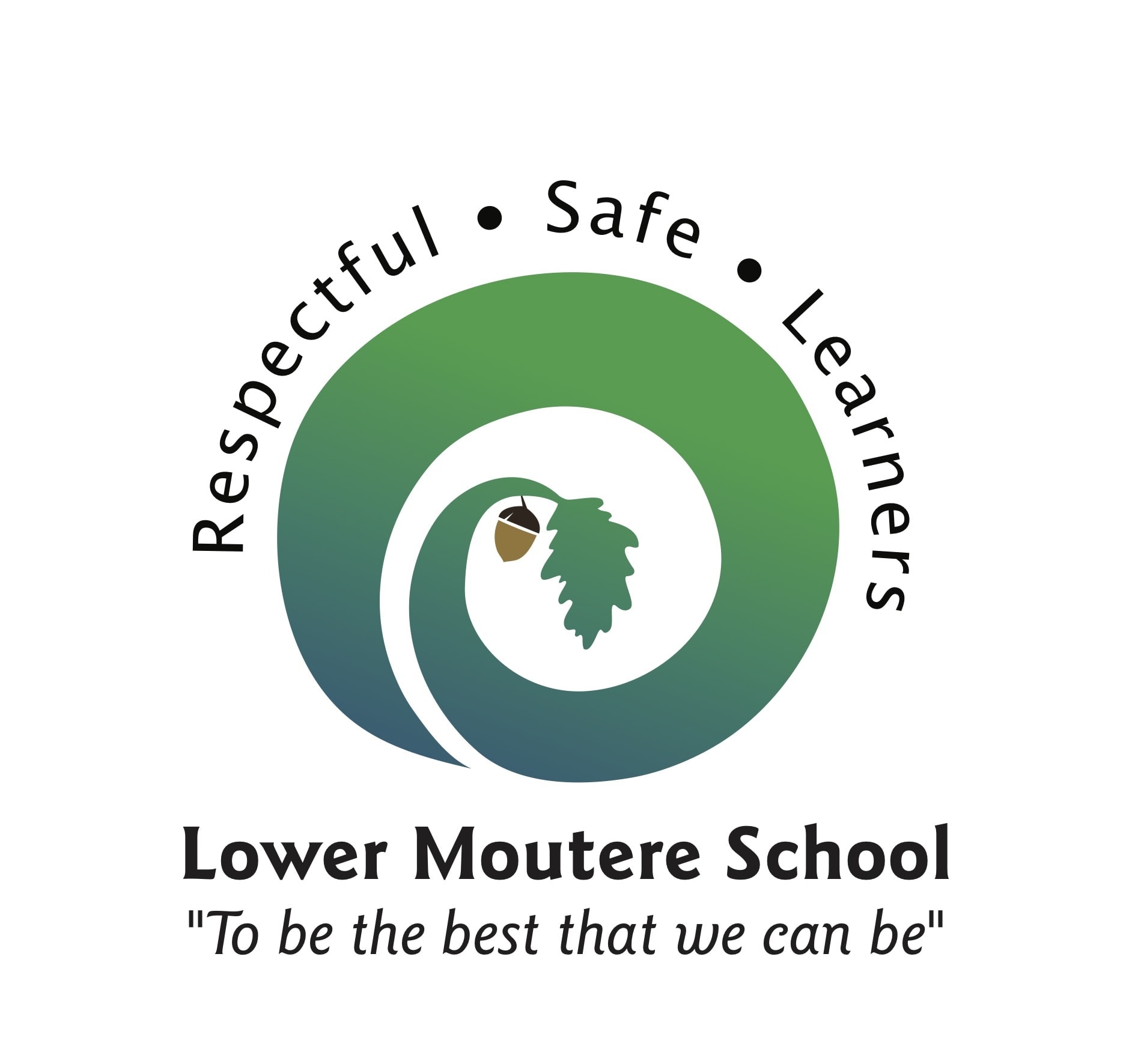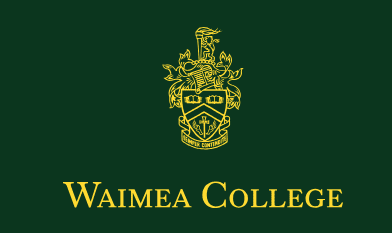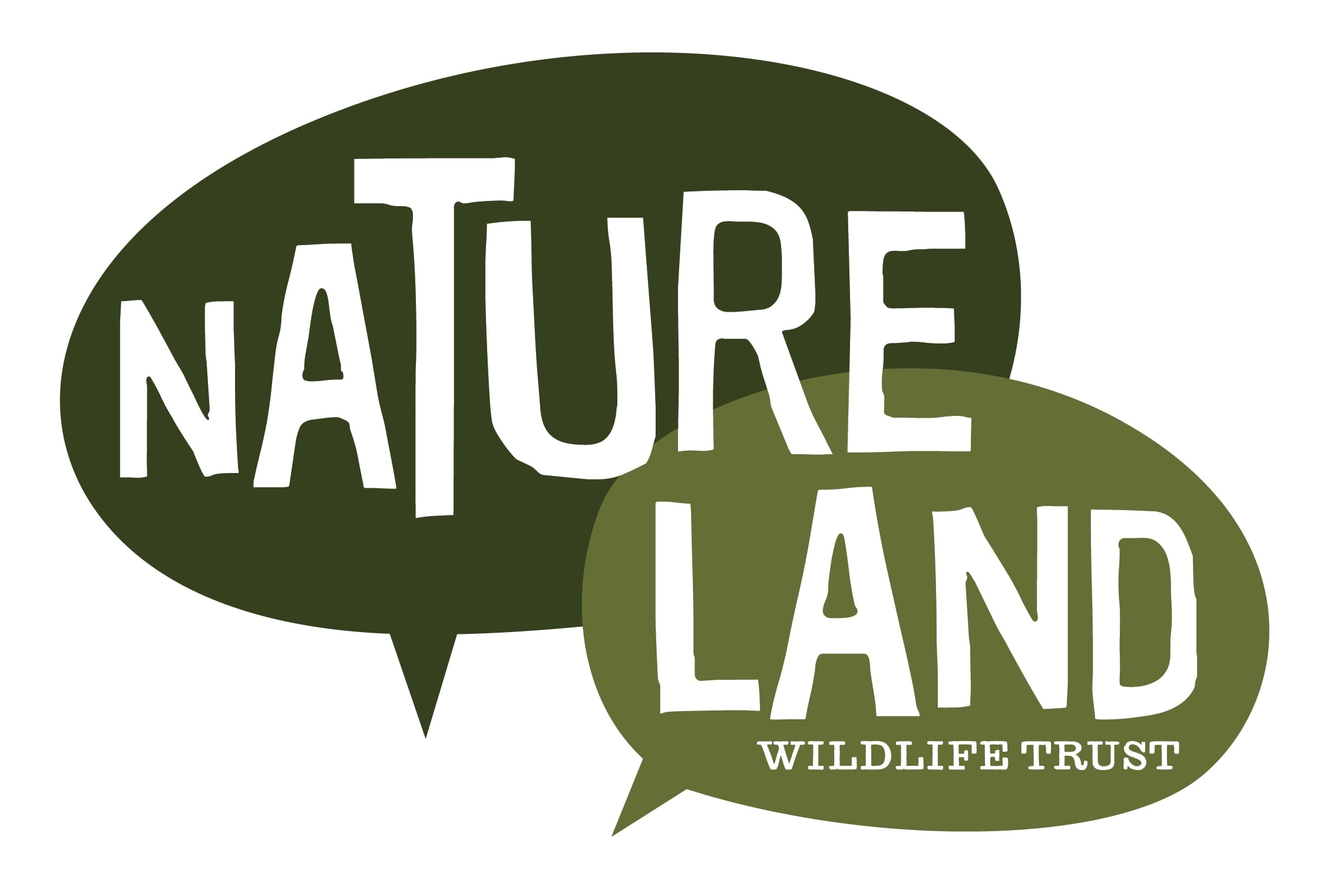Welcome to Project Janszoon
We’re bringing the wildlife back to the Abel Tasman National Park.
Join us…
Takahia mai ra
Te tupuna whenua o Aorere
Ka rere taku reo tongi
Mai i Mārahau ki Wainui
Whakatau mai, Whakatau mai
Traversing the ancestral lands
My voice soars and declares
From Mārahau to Wainui
Welcome, welcome.

Natives Planted

Birds released

Predators trapped

App downloads
“Takahia mai ra
Te tupuna whenua o Aorere
Ka rere taku reo tongi
Mai i Mārahau ki Wainui
Whakatau mai, Whakatau mai”
“Traversing the ancestral lands
My voice soars and declares
From Mārahau to Wainui
Welcome, welcome.”
Eyes on THE Abel Tasman
See what’s happening in the the park right now. Check out our live webcams.
our work
We’re working with the Abel Tasman Birdsong Trust, the Department of Conservation, iwi -Ngāti Tama, Ngāti Rārua and Te Ātiawa – and the community to restore the park’s rich wildlife. Together we’re getting rid of pests and weeds, bringing back native wildlife and bush, educating young people and inspiring a culture of care for the Abel Tasman.
Predator Control
Introduced predators kill 68,000 native birds in New Zealand every day.
In the Abel Tasman, we want to give native birds and plants a chance to thrive.
Read More >>
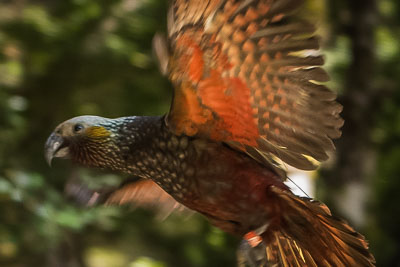
We’re bringing the birdsong back to the Abel Tasman. Since 2014, kākāriki, kākā, tieke/saddleback, whio and pāteke have all been released into the park.
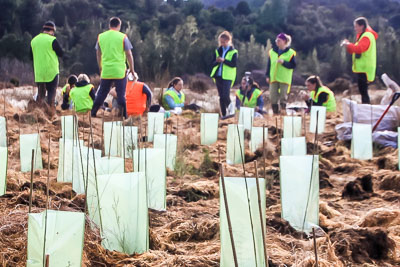
Since 2014, volunteers have planted over 45,000 native trees in Abel Tasman to help restore the park’s original forest canopy.
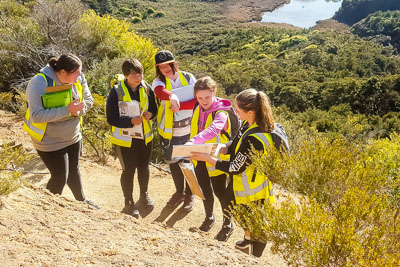
Our hands-on education programme is helping inspire the next generation of scientists and environmentalists.

The Abel Tasman App is packed full of useful information for your trip to the Abel Tasman National Park. It is the number one thing to take when you walk the coastal track. Download for free – it works like a virtual visitor centre with a map, geo-location, points of interest, history, tides and info on birds and trees.
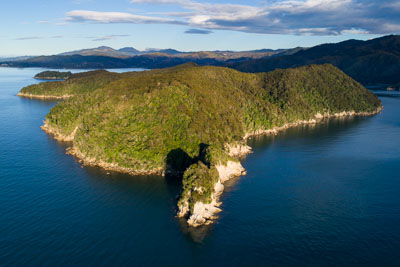
There are three predator free islands in the Abel Tasman – Adele/Motuareronui, Fisherman/Motuarero-iti and Tonga islands.
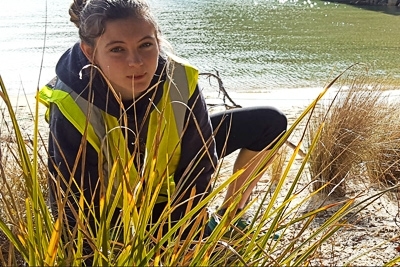
The Fire Smart programme was set up to reduce the fire risk in the park by getting rid of gorse and replacing it with less flammable natives.
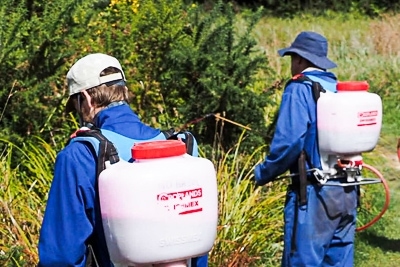
There are 113 different weed species in the park – many spread from bach owners’ gardens. The worst of these weeds are known as the ‘Filthy 14’.
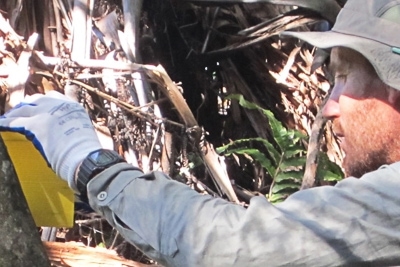
Wasps are a pain for visitors and bad for biodiversity. They compete with bats, birds, insects and lizards for food and eat huge numbers of native insects.
Visiting the Park? Download our Abel Tasman app
The Abel Tasman app is a free smartphone app with up-to-date information on weather, tides, points of interest, history, plants, wildlife and walking times in Abel Tasman National Park. It has a map with geolocation – so you always know where you are!
DID YOU KNOW?
Project Janszoon has a wonderful team of volunteers who do everything from dune restoration. weed control and tree planting to possum, rat and stoat trapping. Volunteering is a great way to give back and see a different side to the Abel Tasman. We’re always keen for an extra pair of hands. If you live locally and are keen to be involved get in touch.
latest news
Generous gift will leave a lasting legacy
Project Janszoon was established in 2012, with a generous gift of up to $25 million from Neil and Annette Plowman, to transform the ecological prospects of the Abel Tasman National Park.
Welcome to Winter. Check out our Autumn-Winter newsletter for a round up of our recent conservation and education achievements in the Abel Tasman National Park.
Abel Tasman kākā population keeps on growing
The 2023-24 kākā breeding season has finished and the population has continued to grow. With five chicks known to have fledged this year, we are making steady progress towards a sustainable population of these amazing birds in the park.
Happy Holidays! Check out our summer 23-24 newsletter for a round up of our conservation achievements 2023 in the Abel Tasman National Park.
Project Janszoon Winter 2023 Newsletter
Kia ora and welcome to the latest news and info from Project Janszoon. It was a long, busy summer with plenty of activity – whio releases, monitoring programmes, education activities and lots of volunteers hard at work controlling weeds.
Have you heard the kākā calling?
The Project Janszoon 2022-23 breeding season for kākā has resulted in six fledged juveniles flying from their nests, and our forest bird acoustic monitoring has recorded kākā calls in more locations across the Park.
‘A real win for biodiversity’ – Endangered whio set free
Several whio or blue ducks were successfully released into Abel Tasman National Park this week.
We love wetlands – World Wetland Day 2023
On World Wetlands Day 2023, we celebrate the wetlands of the Abel Tasman National Park, from the rare kahikatea swamp forest at Hadfields Clearing, to the red tussock wetland ecosystem at Moa Park on Canaan Downs, the harakeke swamps and lagoons at Anchorage and Awaroa and the estuarine habitats at Onetahuti, Totaranui and Bark Bay.
Conservationists are celebrating the success of a wild kākā breeding programme at the top of the South Island.
WHAT PEOPLE ARE SAYING
“If you can see the birdlife that’s come back in five years, can you imagine what it’ll be like in 30 years – you’ll be tripping over them.”
Phil Armit, DOC senior hut warden
“If you had a Project Janszoon for every national park in New Zealand the whole challenge of biodiversity that we have now would be far, far less.”
Martin Rodd, DOC partnerships director
“Project Janszoon are doing an awesome job in our rohe, we are really supportive and hugely grateful for everything they have done, and are continuing to do.”
John Ward-Holmes, Manawhenua Ki Mohua
“My biggest joy is working with volunteers as they recognise the social, physical and emotional rewards of assisting with conservation projects”.
Helen Lindsay, Restoration Supervisor
OUR PARTNERS
Project Janszoon is a team effort and we couldn’t do it alone. We’re proud to have the support of the following organisations:
Photos courtesy of Dave Buckton nelsonphototours.co.nz and Ruth Bollongino fernphotos.com

